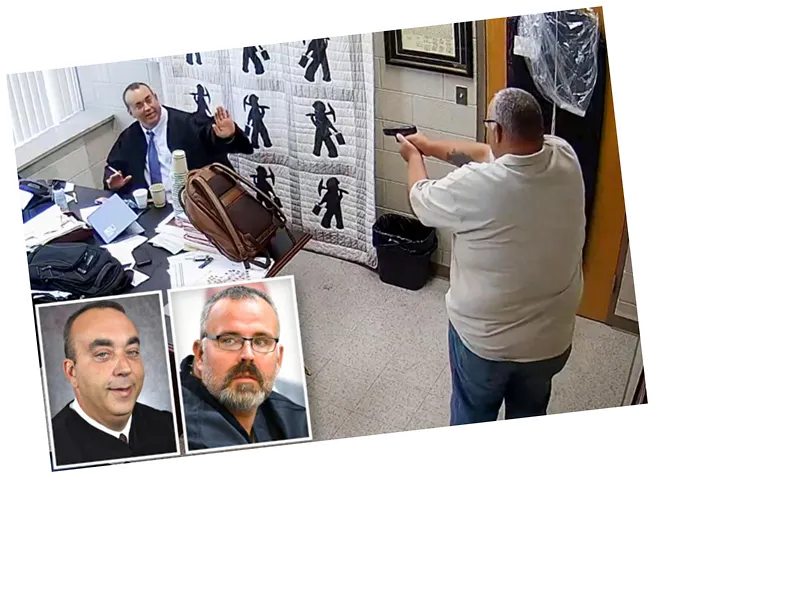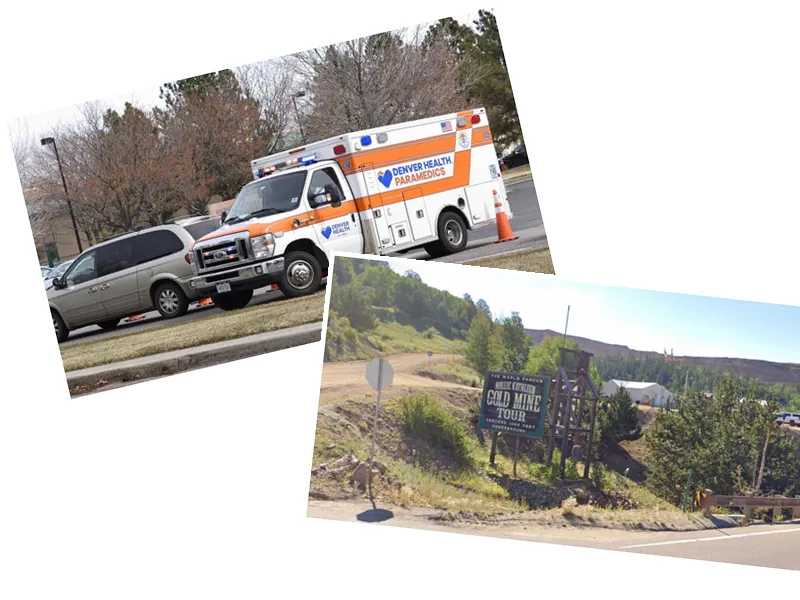American Policeman Kills Judge in Shocking Incident
In a tragic event that has sent shockwaves across the United States, a Kentucky sheriff fatally shot his long-time friend, District Judge Kevin Mullins, in what appears to have been a heated confrontation in the judge's office. The incident, which occurred on October 4, 2024, was captured on surveillance footage and has since gone viral on social media platforms.
Sheriff Mickey Stines, 43, entered Judge Mullins' chambers after requesting a private meeting, only to pull out his firearm and shoot the judge multiple times. Eyewitness accounts reveal that the two men had shared lunch earlier that day, with no apparent signs of conflict. Judge Mullins, 54, succumbed to eight gunshot wounds, prompting an investigation into the circumstances leading up to the shooting.
The footage shows a tense exchange between the sheriff and the judge before the gunfire erupted. Following the shooting, Stines surrendered to court security, raising his hands in a gesture of compliance. This incident raises significant questions about the relationship dynamics between law enforcement and the judiciary, especially given their history of collaboration on various cases in rural Kentucky.
Context of Rising Violence in the U.S.
While murder rates in the United States have seen a decline over the past year, they remain significantly higher than pre-pandemic levels, particularly in urban areas. This incident highlights the ongoing challenges of violence within communities and the complexities of personal relationships in high-stress professions. The shocking nature of this event has led to widespread calls for accountability and a reevaluation of mental health support for law enforcement officers.
As the investigation unfolds, the legal community and the public are left to grapple with the implications of this tragic shooting, questioning how such a friendship could turn fatal. The case will likely prompt discussions about the mental health resources available to those in law enforcement and the need for better conflict resolution training.





